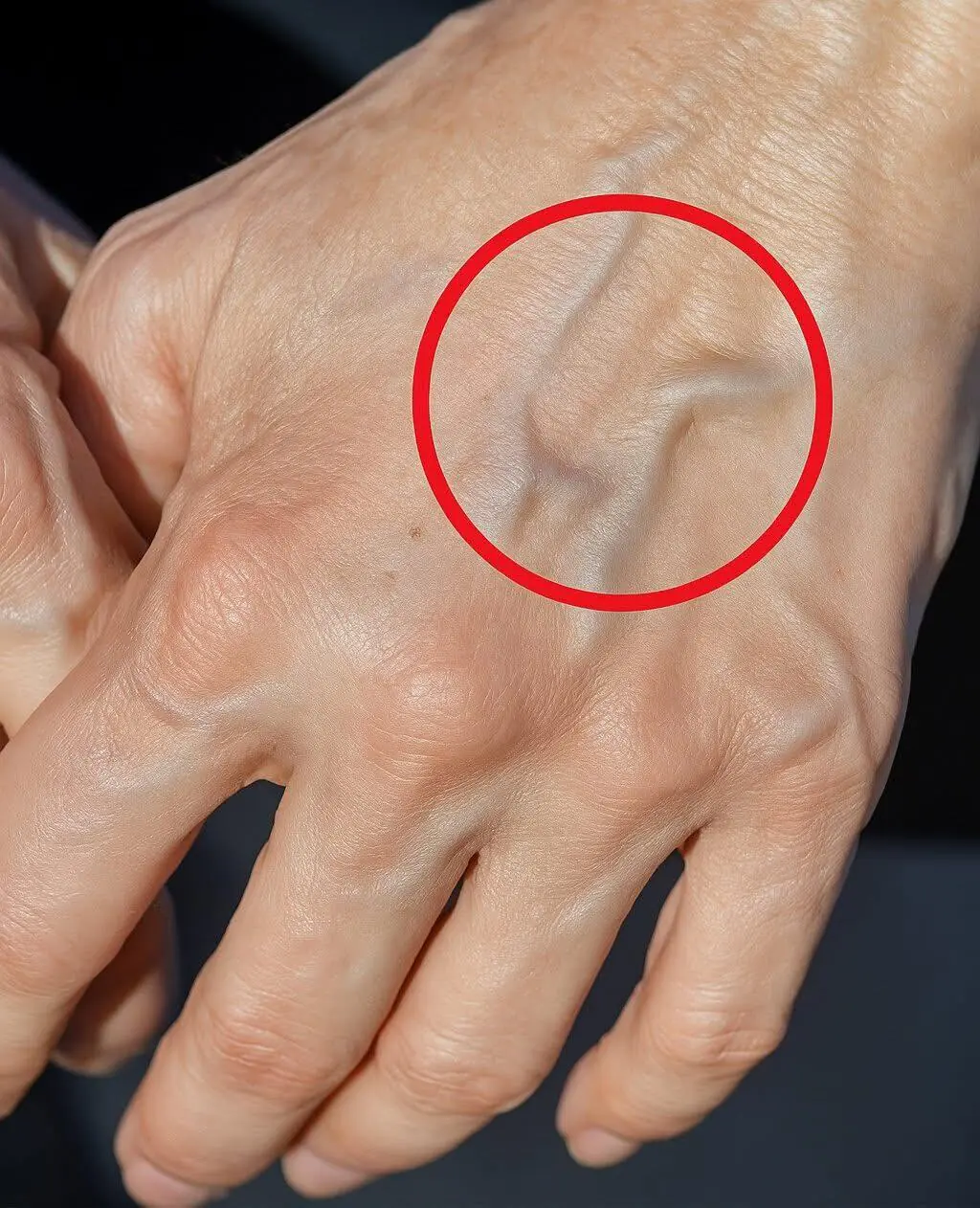
Doctors Warn: 7 Early Signs of Bre:ast Can:cer You Shouldn’t Overlook
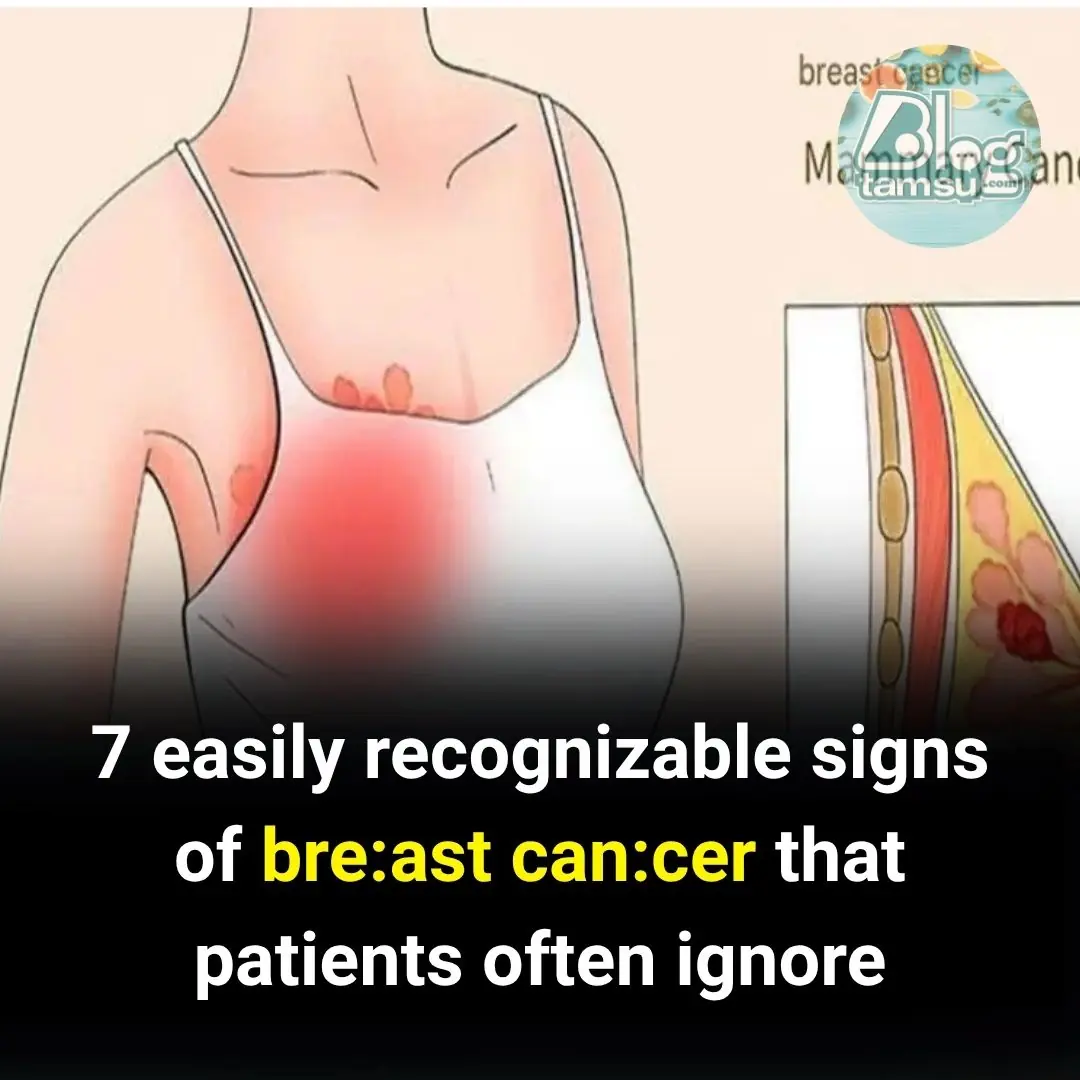
Breast cancer is one of the most common cancers worldwide, but it can be cured if detected early. That is why prevention and breast cancer screening are so important. However, some early symptoms of breast cancer are difficult to recognize, leading many people to overlook them. Below is a summary of 7 common signs of breast cancer. Learn them now so you can take control of the disease from its onset.
1. The importance of early detection in breast cancer
Breast cancer (breast carcinoma) is the most common type of cancer among women. Genetics and older age increase the risk of developing breast cancer. In addition, alcohol, smoking, obesity, and hormone treatments are also contributing factors that need to be addressed.
Breast cancer often develops silently in its early stages without causing clear symptoms. Therefore, early signs are often detected incidentally during gynecological exams or through screening mammograms.
Recognizing early symptoms of breast cancer is a crucial step to protect your health.
Screening to detect breast cancer cells even without symptoms has become a pioneering method in improving treatment outcomes. As the disease progresses, symptoms may include a palpable or visible lump, which may or may not be painful.
However, not all lumps are malignant. Many benign breast lumps can affect the breast but are not cancerous. Therefore, it is essential to monitor any abnormal breast changes such as lumps, swelling, or hardness by performing self-exams, and consult a doctor immediately if you notice any of the warning signs listed below.
2. Seven signs of breast cancer that are easy to miss
Breast cancer is one of the most common cancers in women, but if detected early, the treatment success rate is very high. Here are 7 signs that are often overlooked, helping you stay proactive in monitoring your health and undergoing regular cancer screenings.
2.1 Swelling or changes in breast shape
Changes in symmetry, volume, density, or shape of one or both breasts may indicate a warning sign. While it is normal for most women to have slightly different breast sizes, sudden or significant changes should prompt a breast cancer screening.
2.2 Nipple changes
New dimpling in part or all of the nipple, retraction, inflammation, skin changes, or discharge—especially bloody discharge—are concerning signs. These changes are often painless and easily ignored.
2.3 Lumps or abnormal masses in the breast
Breast cancer lumps are usually detectable when they are about 1–2 cm, depending on location (near the surface or deeper). A hard, immovable lump that does not cause pain can be a warning sign of breast cancer. Many are overlooked because they are small and painless at first.
2.4 Abnormal skin changes
Look out for dimpling, enlarged pores, rough skin resembling an orange peel, scaling, redness, or persistent inflammation. These may be mistaken for allergies or common dermatitis but can indicate breast cancer.
2.5 Pain or discomfort in the breast or armpit
Some patients feel persistent dull or sharp pain in the breast or armpit. Since this can be mistaken for menstrual cramps or muscle strain, any unexplained, lasting pain should be checked by a doctor.
2.6 Swollen lymph nodes in the armpit or neck
Firm, painless lymph nodes in these areas may indicate that cancer has spread. Because lymph nodes are not in the breast itself, people often don’t associate them with breast cancer, but they are a critical warning sign.
2.7 Changes in the areola
Darkening, enlargement, scaling, or texture changes around the areola can also be signs of breast cancer. These are often mistaken for dermatological issues, leading to delay in diagnosis.

3. Why do patients often ignore these symptoms?
Many patients overlook early signs, causing the disease to progress before diagnosis. The main reasons include:
3.1 Lack of knowledge or underestimation
Many do not realize breast cancer may show subtle changes beyond lumps, such as nipple retraction, skin dimpling, or mild discomfort. Others wrongly believe they are “too young” or not at risk.
3.2 Symptoms are painless or vague
Unlike other illnesses, early breast cancer symptoms often don’t cause pain. Small lumps, skin changes, or nipple discharge may seem harmless, especially since they can be confused with benign conditions like hormonal changes or mastitis.
3.3 Fear or avoidance
Fear of diagnosis, treatment, or hospital procedures discourages some women from seeking care. The anxiety of “better not knowing” also prevents them from acting on warning signs.
4. Advice on early detection and prevention
Breast cancer is the second leading cause of death among women, after heart disease. Although women are more likely than men to get routine checkups, early signs of breast cancer are still frequently missed.
4.1 Self-examination at home
Women should perform monthly breast self-exams, ideally 3–5 days after menstruation, when breasts are least tender. Steps include:
-
Stand in front of a mirror and observe for size, shape, or skin changes.
-
Palpate in circular or vertical motions to detect lumps.
-
Lie down with one arm behind the head and check the breast with the opposite hand.
-
Check under the armpit for swollen lymph nodes.
Any abnormalities such as lumps, discharge, or skin changes require medical attention.
4.2 Regular checkups and screenings
-
Mammography: The most effective method to detect small, non-palpable tumors. Recommended for women over 40 every 1–2 years.
-
Breast ultrasound: Useful for women with dense breast tissue or high-risk factors.
-
Genetic testing (BRCA1/BRCA2): For those with a family history of breast cancer.
Women should generally have their first clinical breast exam at age 25.
4.3 Maintain a healthy lifestyle
-
Eat antioxidant-rich foods (vegetables, fruits, nuts, omega-3 fish). Limit processed foods, saturated fats, and refined sugar.
-
Exercise regularly—at least 30 minutes a day, 5 days a week.
-
Maintain a healthy weight, especially after menopause.
-
Avoid alcohol and smoking.
-
Sleep 7–8 hours per night and practice stress management (yoga, meditation, reading).
5. Conclusion
Breast cancer is dangerous, but if detected early, it is highly treatable. Warning signs such as lumps, breast shape changes, unusual pain, or discharge should never be ignored.
Listening to your body and consulting a doctor promptly not only increases your chances of successful treatment but can also save your life.
News in the same category


All The Things You Need to Know About Nighttime Urination And When To Start Worrying
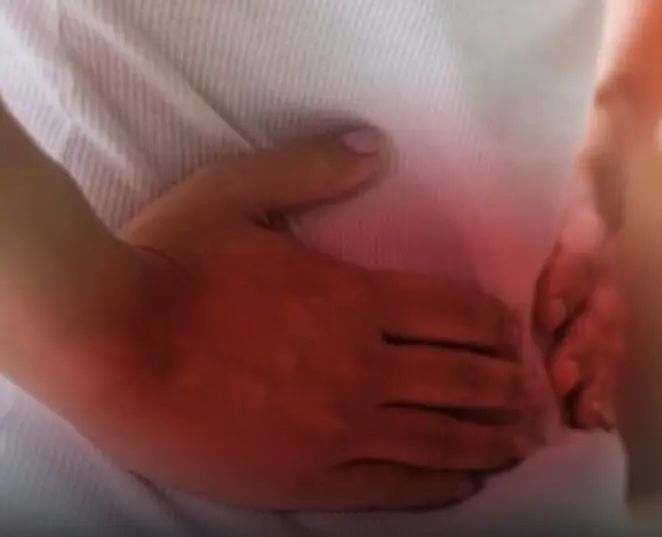
Umbilical Hernia: Causes, Symptoms and Treatment
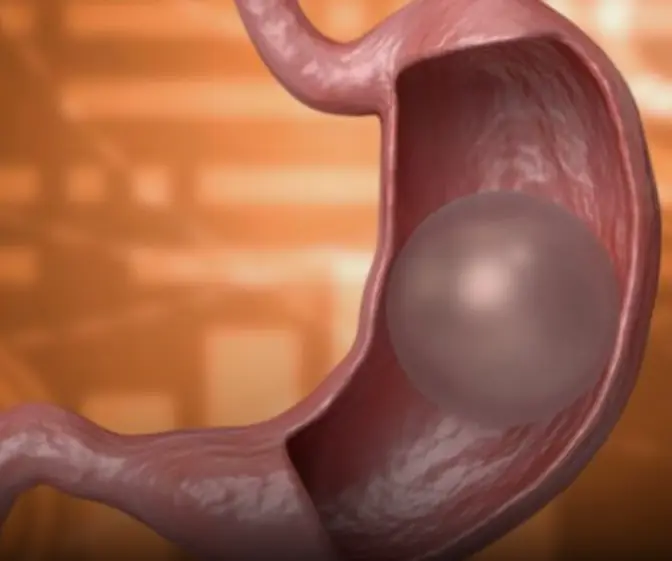
What happens if the gastric balloon bur.sts?

Gassier at Night? Here’s Why (and What To Do About It)
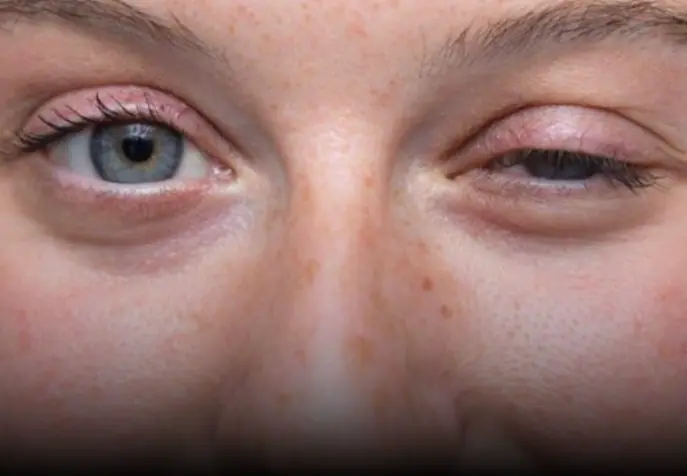
What is myasthenia gravis and what are its symptoms?

Eating chicken eggs is harmful to these 5 groups of people

WARNING: These 3 signs on the shoulder are signs of malig:nant tum:ors, even can:cer, do not ignore them

4 Vegetables Easily “Treated” with Chemicals

The Part of the Pig Often Dismissed as “Dirty” and Thrown Away: Turns Out It’s a “Miracle Food” with 10 Times More Iron Than Meat

An 8-Year-Old Girl Complained of “Sto.mach Pain” Every Friday Afternoon

Eating Eggs Can Be Harmful for These 5 Groups of People: Better Stay Away!
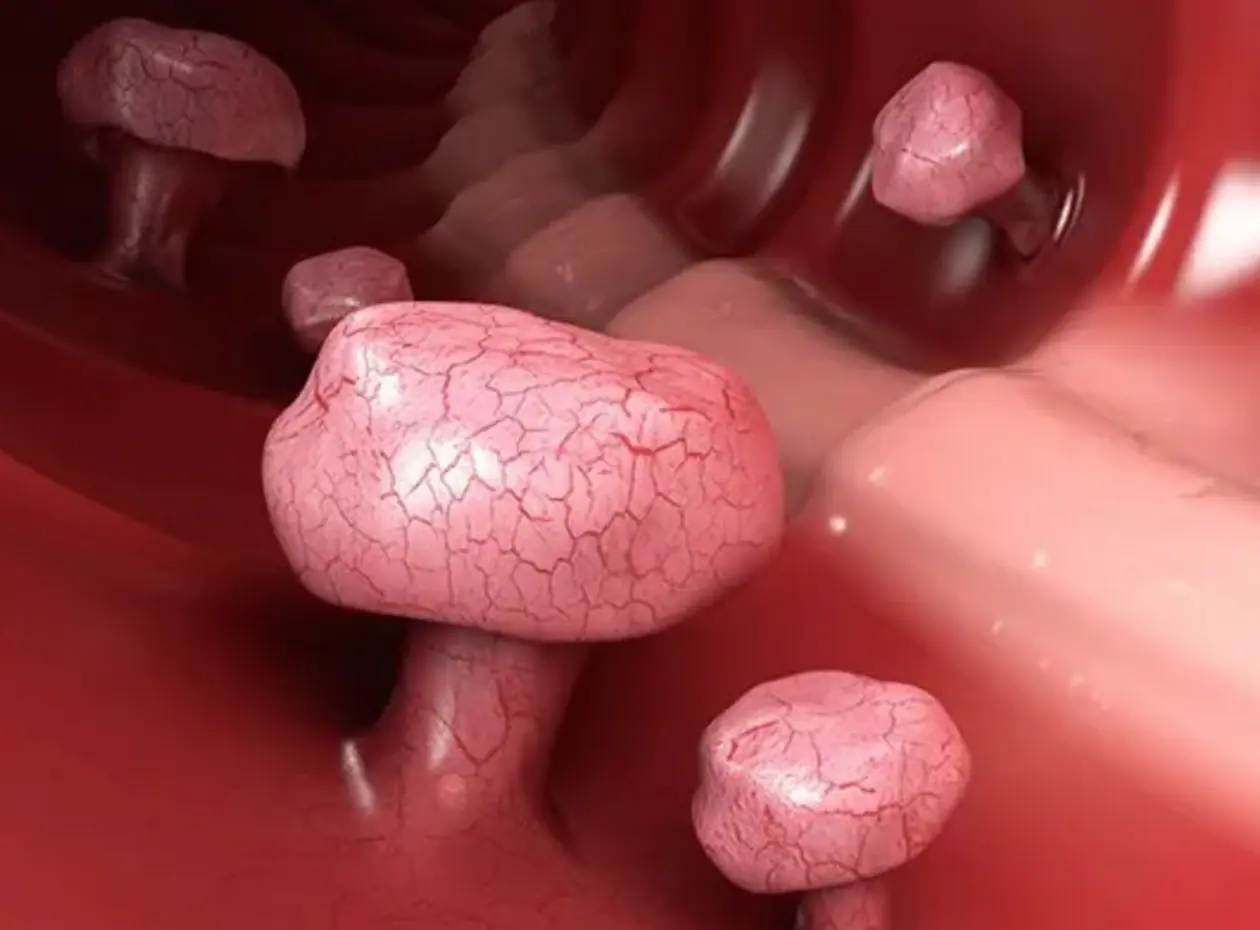
Early detection colon polyps: The key to effective can.cer prevention

Think it’s harmless? The risks of wearing bras to sleep might surprise you

What dise:ase is gr.oin pa.in a symptom of?
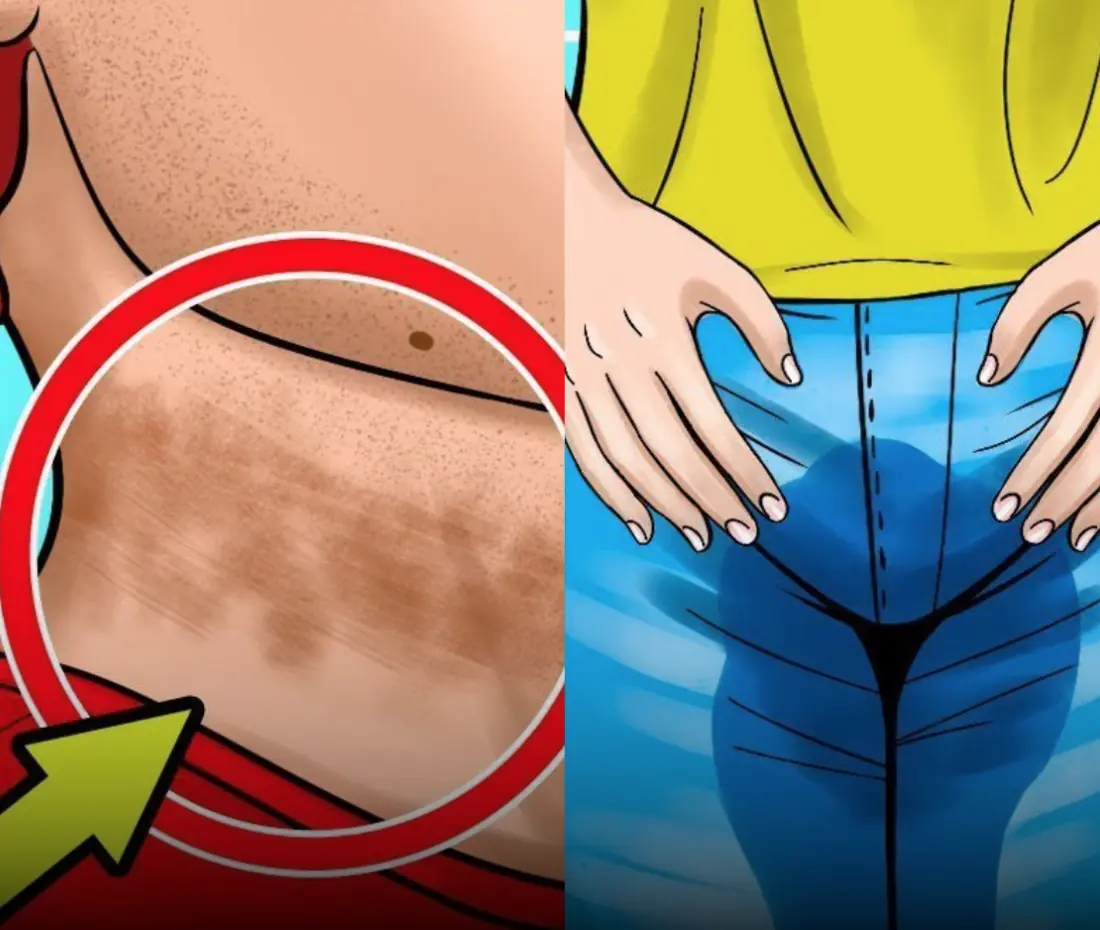
These 10 symptoms indicate latent diabetes

What sleeping on the left side does for our brain, stomach and lymphatic health

Eating yogurt with these 5 mistakes can bring more dis.eases into your body
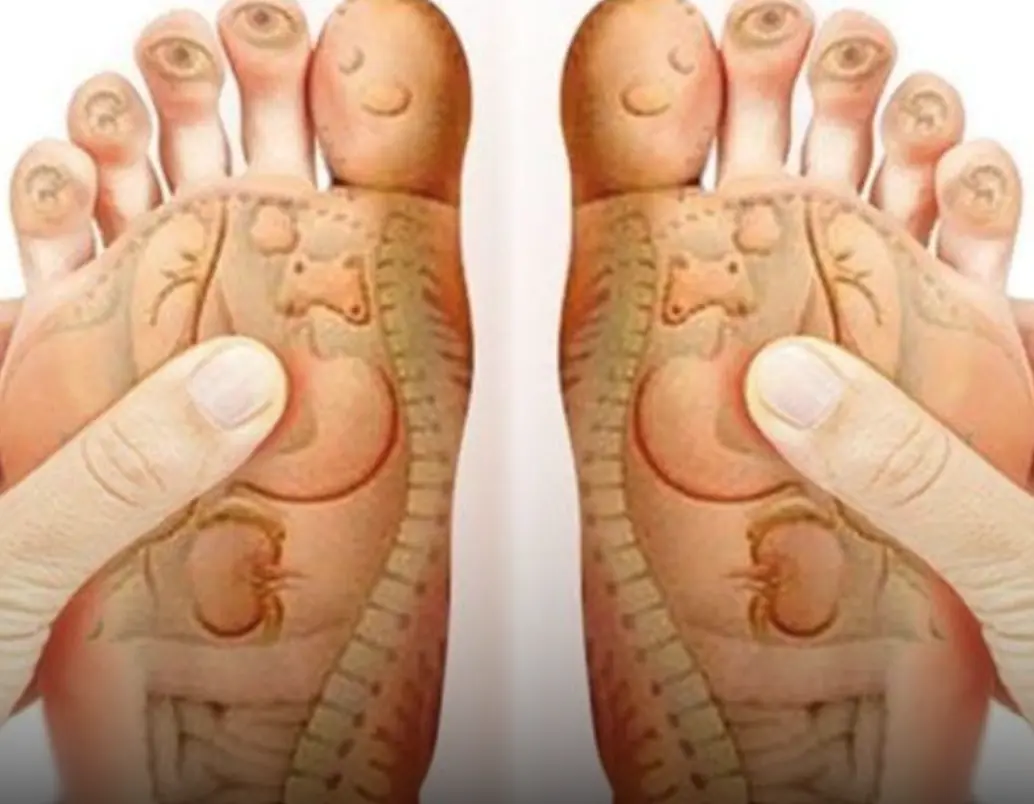
8 foot massage points that help relieve issues
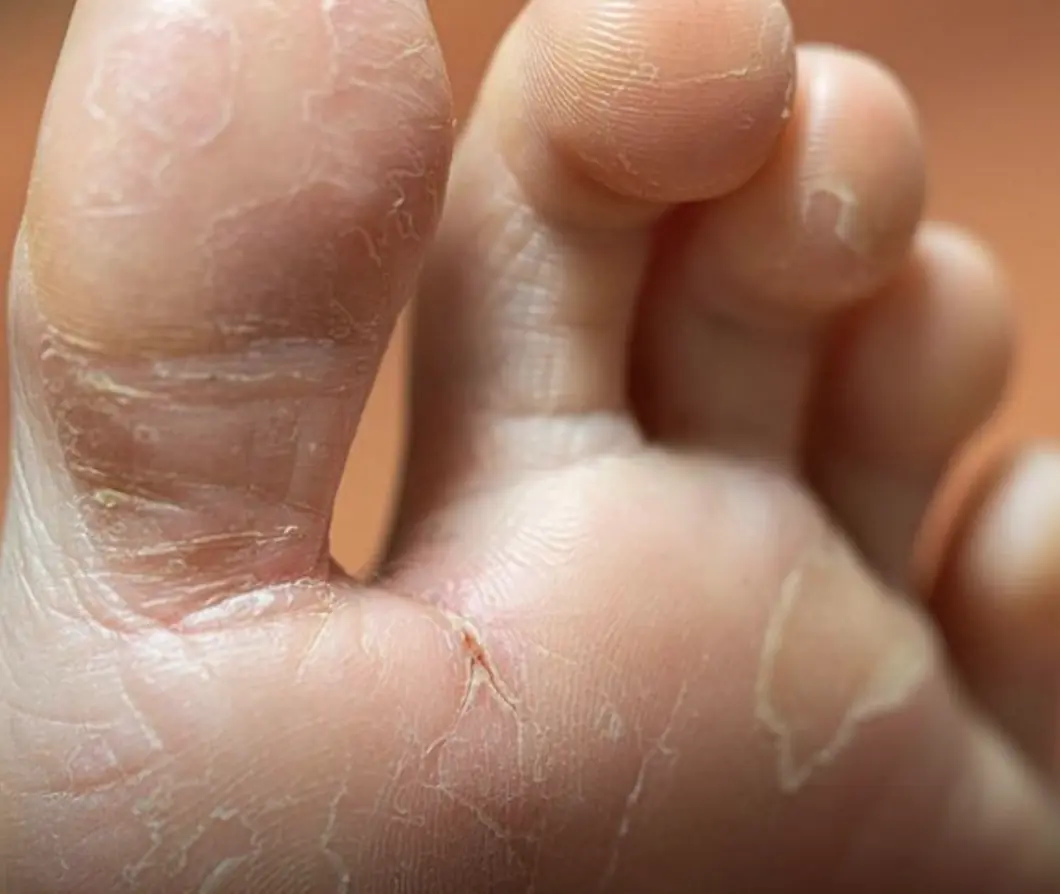
7 subtle symptoms that could signal serious health problems
News Post

If Veins Suddenly Pop Out on Your Hands

All The Things You Need to Know About Nighttime Urination And When To Start Worrying

Don’t Throw Out Old Dish Sponges

When buying watermelon, don't choose a big one.

If You See Pork with These 4 Signs at the Market, Don’t Buy It No Matter How Cheap

Why Does Fish Often Smell Fishy? The Real Reason Many People Don’t Know

Ever noticed a greenish ring around an egg yolk? The explanation might surprise you...

Umbilical Hernia: Causes, Symptoms and Treatment

What happens if the gastric balloon bur.sts?

99% of people will throw away these 6 fruit peels when eating, but will regret it when they know their benefits

Top 2 types of seafood at the top of the list of microplastic contamination, but people still eat them every day

Gassier at Night? Here’s Why (and What To Do About It)

What is myasthenia gravis and what are its symptoms?

Eating chicken eggs is harmful to these 5 groups of people

WARNING: These 3 signs on the shoulder are signs of malig:nant tum:ors, even can:cer, do not ignore them

4 Vegetables Easily “Treated” with Chemicals

The Part of the Pig Often Dismissed as “Dirty” and Thrown Away: Turns Out It’s a “Miracle Food” with 10 Times More Iron Than Meat

An 8-Year-Old Girl Complained of “Sto.mach Pain” Every Friday Afternoon

Eating Eggs Can Be Harmful for These 5 Groups of People: Better Stay Away!
